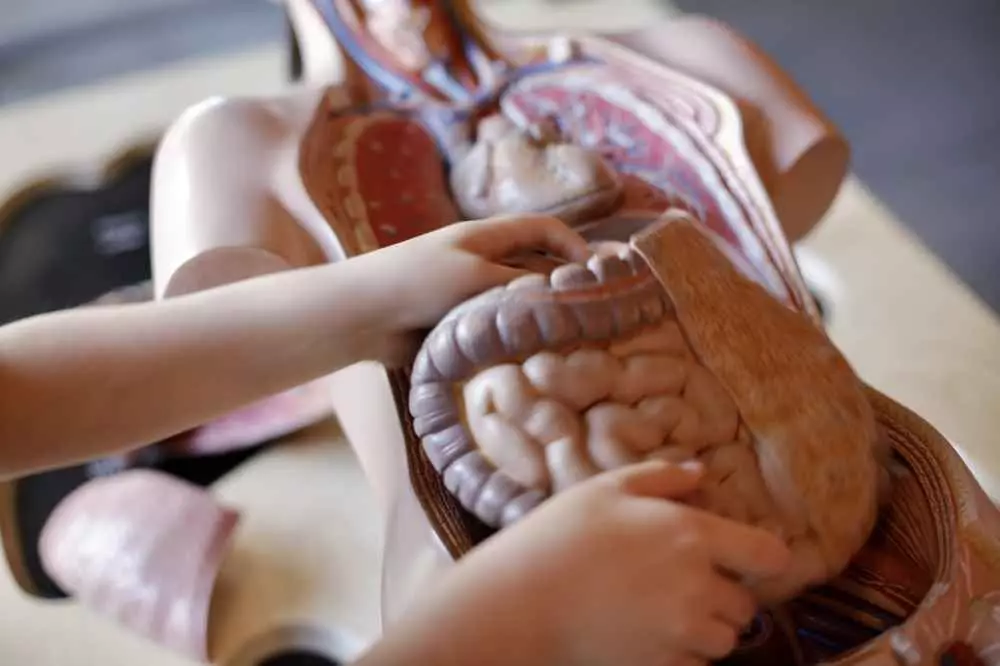Introduction to the role of women in anatomy
The history of anatomy, like many other scientific fields, is rich and complex. Women's contributions to this field over the centuries have often been underestimated. Despite the difficulties they faced in the male-dominated world of science, women have played a key role in anatomical research and in the creation of anatomical models. Their passion and determination not only contributed to advances in anatomy, but also changed the perception of women's role in science.
Women in the history of anatomy
Not to be overlooked are significant historical figures who broke down gender barriers and influenced the development of anatomy. Vesalius and his textbooks are fundamental steps in anatomy, but women such as Marie Françoise Xavier Bichat contributed to the development of this science through intensive research and discovery. In the 19th century, women began to earn their first academic degrees, which resulted in new perspectives on the human body.
Female pioneers of anatomy
Notable among the pioneering women were figures such as Elizabeth Blackwell, who was the first woman to graduate from medical school in the United States. Her contribution to the development of medical education for women helped increase the number of women in the life sciences, including anatomy. Blackwell not only conducted research, but also opened the door for future generations of women in medicine.
New approaches to the study of anatomy
Modern approaches to anatomy, which have been developing since the 20th century, benefit from innovative research methods in which women have had a huge impact. We are referring not only to research conducted by renowned female biologists, but also to the use of imaging technologies such as magnetic resonance imaging (MRI) and computed tomography (CT), where women, as scientists and engineers, have played a key role in their improvement.
The role of women in creating anatomical models
Creating anatomical models, both physical and digital, is an area where women excel on many fronts. One example is Dr. Jill McGowan, a pioneer in creating realistic anatomical models using 3D printing. Thanks to her efforts, these models are gaining popularity in medical education, enabling students and practicing physicians to better understand the structure of the human body.
Women's contributions to human body research
Research on the human body is not just the domain of anatomy. Women around the world are contributing to discoveries in fields such as neuroanatomy, pathological anatomy and comparative anatomy. They are often authors of significant scientific publications and research papers that contribute to the advancement of medicine and the understanding of human biology.
Education and career development of women in anatomy
As the number of women studying medicine increases, so does the number of female professors and researchers in anatomy. Mentorship programs that develop the skills of women in science are crucial to the continued growth of the field. Thanks to these initiatives, many young women have found their calling in anatomy, resulting in an increasing diversity of thinking and research approaches.
Summary
The contribution of women to the development of anatomy and anatomical models is extremely important and complex. History proves that through tenacious work and passion, women have overcome numerous obstacles to become a permanent part of the history of this important field. Our understanding of the human body and the development of medicine would not have been possible without their efforts. Women in anatomy have become not only teachers and researchers, but also an inspiration for future generations. Supporting their scientific activities and recognizing their achievements are key elements in building the future of medicine.
